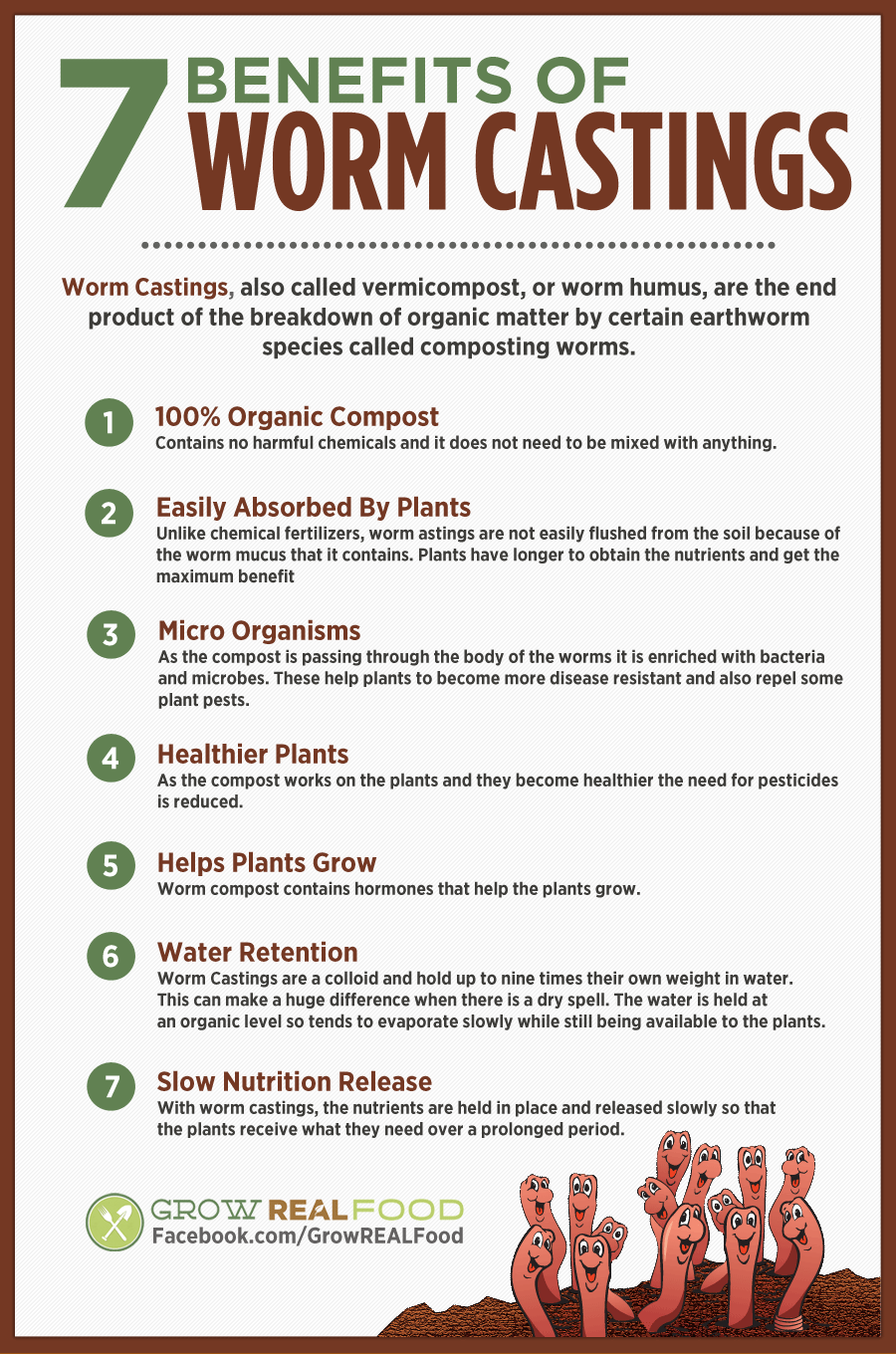What Does North Carolina Worms Do?
Table of ContentsGet This Report about North Carolina WormsSome Ideas on North Carolina Worms You Need To KnowGetting My North Carolina Worms To WorkAll about North Carolina Worms
Instance: 1-gallon of worm castings to 4 gallons of potting mix. 1/2 cup in the base of the growing hole for smaller plants. 1 mug for larger plants.
The addition of tea can also include boosted microbial biomass to your dirt. You can always side-dress your plants with worm castings any time. Just remember, the microorganisms will pass away if subjected to UV rays (Sunlight), so make sure to cover the spreadings with an inch or two of soil.
This frustrated them for years until the screening methods became better. It would certainly get much better(with more spreadings), degree off, and then decline. Too lots of worm spreadings would speed up the growth to a speed that the plant can not recover from.
Everything about North Carolina Worms
I have clarified the virtues of worm spreadings for about 2000 words. Worm castings are no various. It takes time to develop high quality worm castings.
Worm spreadings absolutely set you back more than chemical fertilizers. Worm castings are on the cheaper end of natural plant foods. (50 gallons per year) It is a much tougher and extremely costly investment to generate big quantities of worm castings.

Creating a healthy soil may be the greatest advantage of worm castings. We went over worm spreadings NPK and likewise the proper nutrient evaluation that should apply to worm castings.
North Carolina Worms for Dummies
We spoke regarding some of the negative aspects linked with worm spreadings. I covered a whole lot of product in this post.
The vertical burrows are generally open, although the worms cap the top with deposit and excrement. Roots require oxygen for their development, whereas they create carbon dioxide that needs to leave the soil.
Earthworms raise porosity by 2 systems: (1) by creating irreversible burrows, and (2) by boosting soil aggregation. Gathering is boosted by the blending of soil and organic issue in the earthworms' digestive tracts. Lake Rhodhiss Bait. These highly stable accumulations are deposited by some earthworms in their burrows, and by others at the surface area of the dirt


In an additional study, earthworms were estimated to eat 4 to 10 percent of the top 6 inches of the dirt yearly. This only mosts likely to reveal the enormous amounts of soil that can be processed by earthworms. Soil compaction decreases the porosity of the soil. Since earthworms boost porosity, they lower the results of compaction.
How North Carolina Worms can Save You Time, Stress, and Money.
Common earthworm populations can conveniently take in 2 heaps of dry matter per acre each year, partly digesting and blending it with soil. The significance of earthworms to mix surface area residue with soil becomes really clear in dirts that do not have any earthworms. A lot of our Pennsylvania dirts have at the very least some earthworms, and the effect of their complete absence, for that reason, can not be noted.
(https://ad-links.org/North-Carolina-Worms_323077.html)In these dirts, the development of topsoil with practical natural issue material did not occur, resulting in poor plant development. As soon as the cause was developed, the government of the Netherlands began a project to present earthworms. After the intro of the earthworms, a dark topsoil layer was created, and plant development boosted significantly.
They live largely from partly decomposed raw material that is currently integrated in the soil. They eat their method through the soil, developing horizontal burrows that they loaded with their waste matter. These varieties consume big amounts of dirt that they combine with absorbed crop residue in their guts. or anecic varieties live in permanent upright burrows that can be 5 or 6 feet deep.
These species consume considerable quantities of soil that they blend with digested deposit in their guts. Their waste matter is mainly transferred at the surface of the dirt.